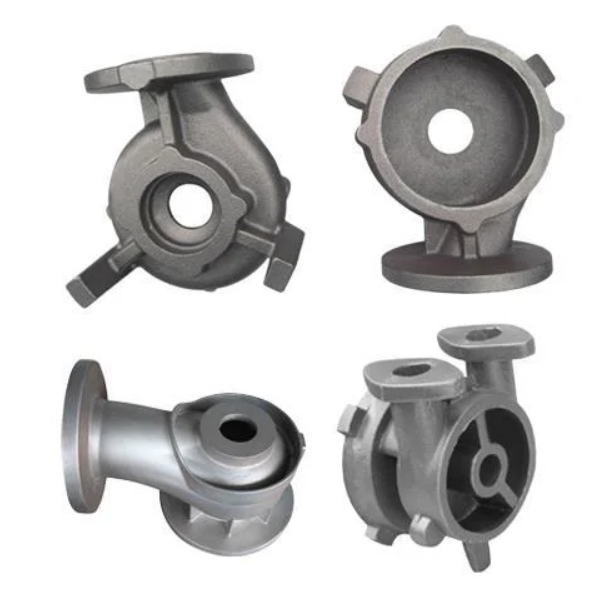Aluminum die castings are widely used in autmotive, medical and lots of other industries, How to control and ensure the quality of castings?

Quality Inspection and Control of Aluminum Castings
The quality of aluminum castings often affects the quality of the whole product. For the automotive industry, aluminum castings are an important part of the industry, such as the manufacturing of dozens of key components such as automobile engine cylinders, pistons, water pumps, gearboxes, brakes, etc.
In all characteristics of casting quality, the internal quality is the key factor to determine the finishing quality of castings. At the same time, the internal quality of the casting also reflects the advantages and disadvantages of the casting technology. Therefore, the control of internal quality defects of castings is the goal that the casting technicians should always solve and improve.
During the manufacturing process, the quality of castings must be controlled and checked. The first step is to formulate process rules and technical prerequisites for the control and inspection of raw and auxiliary data of each specific product. Each process should be strictly controlled and inspected according to the process rules and technical prerequisites. Initially, check the quality of scrap castings. Reasonable testing methods and appropriate testers shall be equipped. Generally, with respect to the appearance quality of the casting, the roughness of the casting contour can be judged by comparing the sample block. The small cracks on the contour can be inspected by coloring method and magnetic particle method. The internal quality of castings can pass audio, ultrasonic, eddy current, X-ray and γ Inspection and discrimination should be stopped by radiographic method.
For qualified aluminum castings, the non machined surface of the castings shall be lubricated and straight, the traces of the castings shall be clear, and the pouring riser shall be flush with the surface of the castings after cleaning. And there shall be no defects such as crack, cold block, bubble, air hole, slag hole, shrinkage porosity and oxide slag inclusion.
Quality requirements for aluminum castings:
1) Castings should be free of defects such as cracks, cold shuts, sand holes, air holes, slag holes, shrinkage porosity and oxidized slag inclusion.
2) The non machined surface of the casting should be smooth, clean and straight, and the casting marks should be clear. The pouring and riser shall be flush with the casting surface after cleaning.
3) The castings should conform to the relevant provisions of GB/T6414 or GB/T11351 or the dimensions and deviations required by the drawings or patterns provided by the Demander.
4) The casting should not eliminate leakage by hammering, blocking or dipping.
The internal defects of aluminum alloy castings generally include cracks, pinholes, air holes, shrinkage cavities, porosity, segregation and inclusions. The existence of these defects often leads to changes in the physical properties, mechanical properties and metallographic structure of the castings, bringing serious hidden dangers to the use of the castings. Therefore, the internal quality is the primary control factor for the production and inspection of castings. Internal quality defects are often hidden in the interior of castings, which cannot be inspected by ordinary visual methods, while the commonly used effective inspection method is X-ray non-destructive testing.
The principle of X-ray nondestructive testing method is that X-ray can penetrate materials that cannot be penetrated by general visible light. When X-ray is used to perspective the interior of the casting, the radiation intensity of the ray will be affected by the internal defects of the casting. The radiation intensity emitted through the casting will change locally with the size and nature of the defects, forming a real-time image of the defects. The defect image is intuitive, and the shape, size, plane position and distribution range can be shown.

